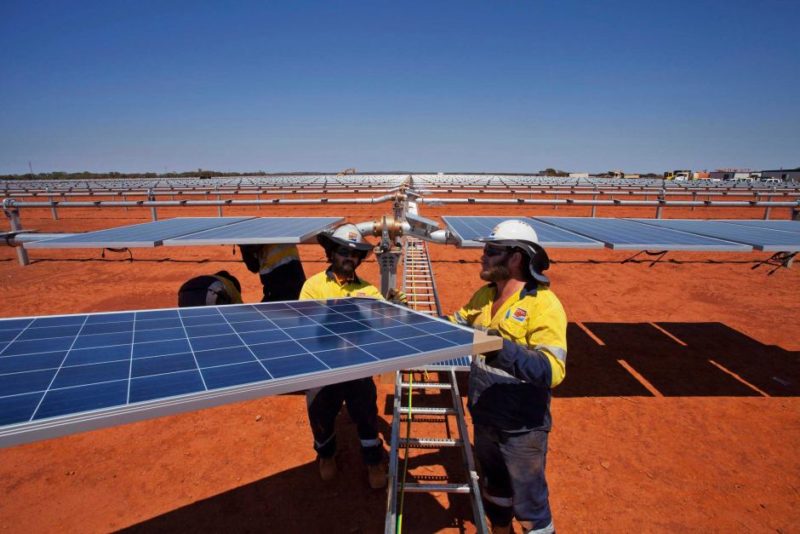I recently read a news article decrying that overseas engineers were taking the jobs of Australian engineers. The story went on to talk about how graduates of engineering degrees were unable to find work in utilities companies and were resorting to careers in software design and coding.
Engineers are an occupation listed on its consolidated skilled occupations list which makes sponsorship of overseas workers on 457 visas available to employers where the business has a genuine need to fill an engineering positions and can prove that they have been unable to recruit locally (called “labour market testing”).
While Department of Employment figures indeed show that between 2012 and 2015 there was no major skills shortage issue, yet there was a turn in 2015 where data showed worsening recruitment difficulty meaning that vacancies are becoming more difficult to fill. The list is reviewed and updated annual based on labour market conditions and demand.
Engineers Australia suggests that this is consistent with the historical boom and bust cycle in the labour market.
“Engineering has a highly cyclical employment market, and long-term migration is a method of moderating this boom/bust cycle,” chief executive Stephen Durkin said.
An insight into one renewable energy company
I was recently discussing the issue with client, a global consumer electronics company with interests in the wind power business, and they were anticipating a boom in the construction and renewable energy industry in Australia, where large-scale wind and solar projects will soon make use of Australia’s windy, sun-drenched shores.
The question is: where can businesses source experienced labour for the sudden influx of Australian renewable energy projects?
To deal with this issue, the client had decided to build regional skill hubs or centres of excellence which its subsidiary companies around the world could tap into to access the highly skilled specialists needed for renewable energy projects.
Building skills for the future
Australian universities provide limited education in renewable energy, and those engineers who do have skills in renewables are moving overseas to more active renewable energy job markets, such as Europe. Any boom in Australian energy projects will make the task of sourcing local talent a challenging one.
As the Australian economy shifts from mining, the electrical engineers, industrial engineers, environmental engineers, production and plant engineers and other engineering professionals once needed for the mining boom will need to be up-skilled and redeployed into future construction projects. Engineers will be required to connect renewable energies into the grid. Engineering project managers will be required to establish new energy and infrastructure projects.
the real issue is the shortage of senior, experienced renewable energy talent in Australia and lack of training opportunities for new graduates coming through.
The issue is not that there is an oversupply of engineers, the real issue is the shortage of senior, experienced renewable energy talent in Australia and lack of training opportunities for new graduates coming through.
Opening access to experienced, international talent creates job training opportunities for more Australian graduates to develop their career in Australia. When sponsoring international employees under the 457 visa, a company must spend 1% of its payroll on training for Australian employees.
These are precisely the challenges (and opportunities) that Australia’s immigration program seeks to tackle.
A long term view based on the facts and future skills needs of Australia is required in this debate.


